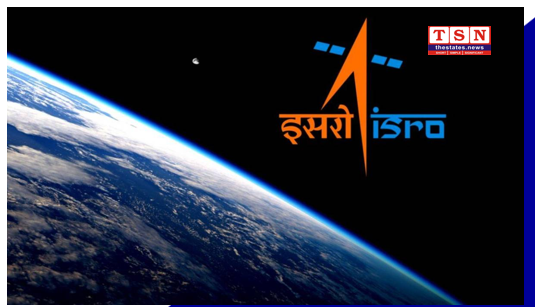Chennai, (thestates.news) | The Indian Space Research Organisation (ISRO) will be launching its second Demand Driven satellite mission GSAT-20 on board US rocket Falcon-9 during the second quarter of 2024. Since development of heavy lift rocket, to carry satellites beyond 4 tonnes was still under progress, it was decided to launch the 4,700 kg GSAT-20 on board the US rocket.
The NewSpace India Limited (NSIL), the commercial arm of ISRO, will undertake its 2nd Demand Driven satellite mission “GSAT-20 [renamed GSAT-N2] : Ka-band HTS satellite” during 2nd quarter of 2024, primarily for meeting the Broadband communication needs of the nation. NSIL on Wednesday said it was gearing up to undertake the mission.
GSAT-20 satellite will be fully owned, operated and funded by NSIL. NSIL is realizing GSAT-20 satellite through ISRO and will be launched on-board Falcon-9 under a Launch service contract between M/s NSIL and M/s SpaceX, USA. GSAT-20 weighing 4700 kg, offers HTS capacity of nearly 48Gpbs. The satellite has been specifically designed to meet the demanding service needs of remote/ unconnected regions.
As part of Space Sector reforms announced by the Union government in June 2020, NSIL was mandated to build, launch, own and operate satellites in “Demand-driven mode” for meeting service needs of the user.
As part of this, NSIL successfully undertook its first Demand-driven satellite mission, GSAT-24 during June 2022, wherein the capacity onboard the satellite was fully secured by M/s TataPlay. GSAT-24 mission was fully funded by NSIL. Presently, NSIL owns and operates 11 communication satellites in orbit.
On similar lines, during 2nd quarter of 2024, NSIL will be undertaking the GSAT-20 satellite mission to offer cost-effective Ka-Ka band HTS capacity primarily for meeting the broadband, as well as IFMC and cellular backhaul service needs. Bulk of the HTS capacity on-board GSAT-20 satellite has already been secured by Indian service providers. GSAT-20 offers Ka-Ka band HTS capacity with 32 beams having Pan-India coverage including A&N and Lakshadweep islands. Earlier ISRO launched its communication satellites weighing four tonnes and above using the Ariane rocket of Arianespace.(UNI)
Thursday, April 17, 2025
ISRO to launch GSAT-20 on board US rocket Falcon-9 in 2024 Q2



66c793ee-dbba-42f8-b0a4-f643af17df5c


- The Whole World Is Understanding Sanatan Culture: CM Dr. Yadav
- Union Home Minister Shri Amit Shah and Chief Minister Dr. Yadav to Attend CRPF Raising Day Ceremony in Neemuch
- Half the Population Must Play a Full Role in the State’s Economic and Social Development: Chief Minister Dr. Yadav
- Madhya Pradesh Krishak Kalyan Mission is a Historic Step Towards Holistic Farmer Development : Chief Minister Dr. Yadav
- Statewide Drive for Water Resource Protection Continues with Public Participation
Recent Comments
No comments to show.
VIDEO
Recent Posts
- PM shares an article on how Dr. Ambedkar shaped some of India’s earliest and most impactful economic ideas rooted in justice, dignity and self-reliance
- Dr. Mansukh Mandaviya to Inaugurate Newly Developed 220-Bedded ESIC Hospital in Ranchi, Jharkhand Tomorrow
- National Highways Excellence Awards 2023
- NODWIN Gaming Appoints Shefali Johnson as Comic Con India’s New CEO
- No State-Level Licence Required for Petrol Pumps in Chhattisgarh Anymore
© 2025 The States News - Design by Rahul 9407771000.






